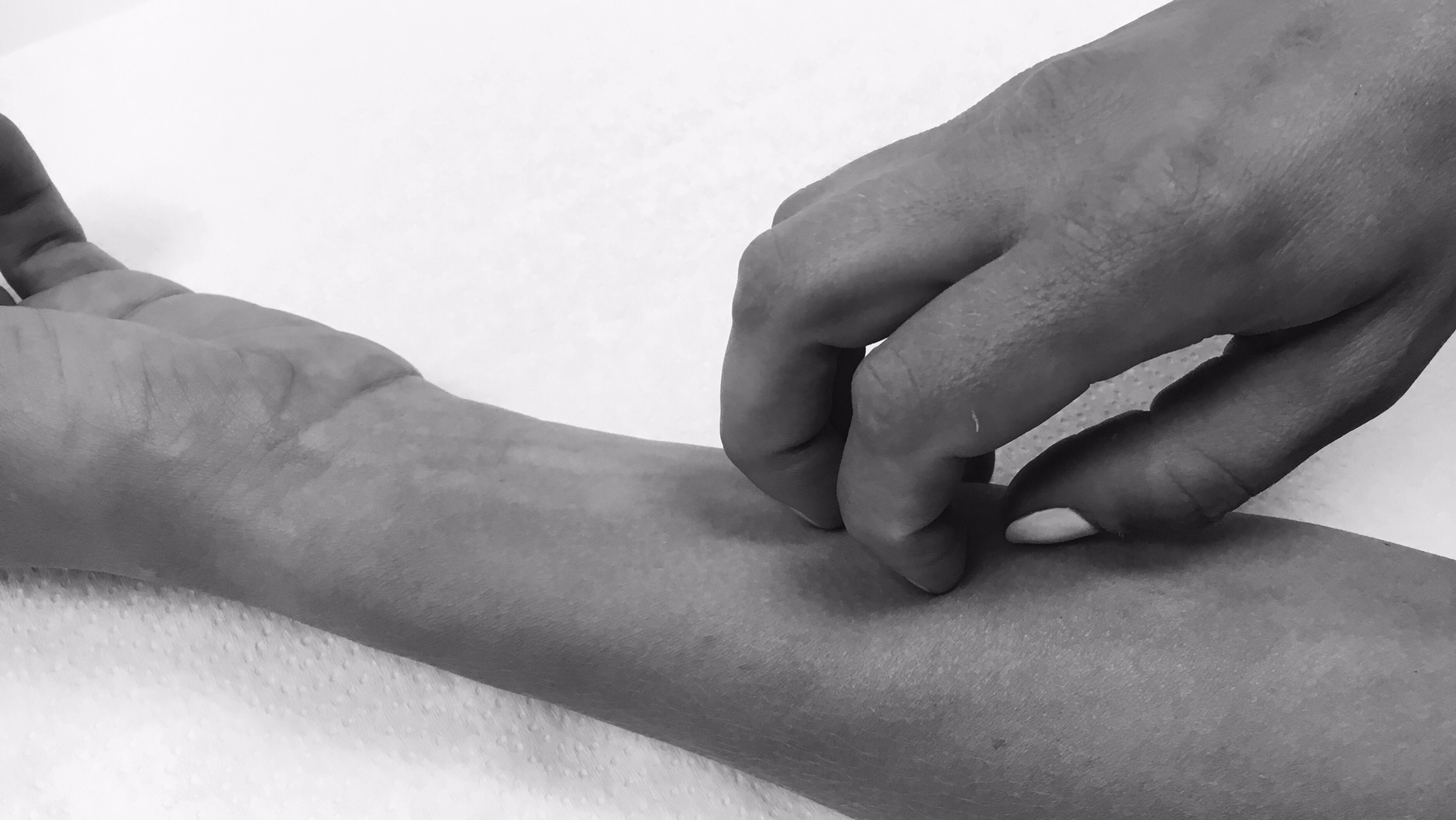Partial or complete mastectomy may appear necessary to treat breast cancer. This will depend on the stage of the disease, the type of cancer, the patient’s age and other factors.
At the initial stage of the disease, a mastectomy is not always necessary. If the volume of the breast is large and the tumor is small and it is located far from the central parts, it is possible to make a sectoral resection and save most of the breast. But even with stage 1 or 2 of the disease, it is sometimes necessary to carry out a mastectomy. After such an operation and the completion of a primary treatment, questions often arise about breast reconstruction. What would be the best to do in terms of aesthetics, health and safety? Which doctor is better to choose? And this is only a part of the questions, a woman is asking herself in this kind of situation.
So, what are the types of breast reconstruction after mastectomy? They depend on the period and method of reconstruction.
SIMULTANEOUS OR DELAYED RECONSTRUCTION:
- Immediate reconstruction after a mastectomy in a single operation. In some cases, it is possible to do a mastectomy with preservation of the skin, nipple and areola. If you can keep the skin breast pocket, then the simultaneous reconstruction and the aesthetic result will be better than delayed reconstruction. When subcutaneous mastectomy removed glandular breast tissue and the nipple is retained with the alveolus and a large part of the skin, the surgeon easily restores natural structures and forms a beautiful breast, as there are less post-operative scars. This type of surgery is less traumatic for the patient, both physically and morally, but for certain health reasons, its use is not always possible.
- Delayed reconstruction, that is, after a while after the removal of the breast tissue and scarring. In this case, the nipple areolas are completely removed with the dermal tissue. This method of reconstruction is more traumatic for the patient as for some time she would have to live without a breast. The reconstruction process will be longer, time-consuming and usually consists of a minimum of 2 stages.
PROCEDURE FOR RECONSTRUCTION:
- With the use of implant (it is used in the simultaneous reconstruction and in delayed breast reconstruction). The implant is placed under the pectoralis major muscle. The basic condition for the application of this method of recovery is the presence of a sufficient amount of skin and muscles of the chest (pectoralis major, serratus muscle) for the formation of the implant bed.
- Using expander. It can be used for simultaneous reconstruction (in the case of radical mastectomy), as well as in delayed reconstruction after mastectomy. For this purpose, the expander is inserted under the skin at the place of the removed breast. During the next few months, the interior cavity of the expander is gradually filled with physical sterile solution, it increases in volume, which stretches the skin and subcutaneous fatty tissue. When the skin with subcutaneous fat tissue are stretched enough, the expander is replaced with an implant. The next stage of reconstruction after radical mastectomy is the formation of the nipple and areola.
- Autologous transplantation (using the patient’s own tissue flap). Typically, this is either thoracodorsal transplantation, or by the method of TRAM or DIEP (autograft from the abdomen). Here is more about these technologies:
Thoracodorsal flap technology
For its implementation, a portion of the latissimus dorsi muscle flap is taken, consisting of skin, fat and muscle tissue. It is carried out through a tunnel created under the skin to the area of the formed breast. It is important not to damage the blood vessels as much as possible This will provide better engraftment flap. An important aspect in this method is its combination with the installation of the implant as it allows you to get the best result from an aesthetic point of view. This technique is most often used for women with a small volume of the breast. The advantage of this surgery is a low risk of complications, and a relative ease of performance. However, after surgery remains a scar on the back and also may cause imbalances in the back but without damaging muscle function.
Method of reconstruction TRAM Flap (trans-rectus abdominal muscle) – is a method of reconstruction using the patient’s own tissue flap of the rectus abdominis muscle. Today TRAM Flap method is the most popular method of breast reconstruction after mastectomy, especially for women who have an excess of fat in the abdominal area. Along with this operation, an abdominoplasty is simultaneously carried out.
How is this TRAM Flap reconstruction procedure done?
The surgeon excises from the lower abdomen an oval flap consisting of skin, muscle and adipose tissue. During the reconstruction by TRAM flap procedure, the stomach tissue is not completely separated, preserving its blood supply. A specially designed tunnel flap is held in the breast area. Blood vessels, thus, remain attached to the flap. The next step gives the surgeon the necessary form of breast tissue. If during the operation it was necessary to cut the blood vessel graft, microsurgical techniques will be used to suture the flap to the blood vessel. TRAM Flap The technique can be combined with the use of implant. After the transplant, the flap operation is finished with the abdominoplasty. The whole operation takes approximately three hours.
The method TRAM Flap is contraindicated for patient with a very small margin of adipose tissue, for smoking women, because they have impaired blood microcirculation, which may adversely affect the engraftment of the transplanted graft and for women with numerous scars in the abdominal wall.
After breast reconstruction by this method, the abdomen will have a long scar, and the umbilicus will be displaced (the doctor can re-create a new belly button).
Method of reconstruction DIEP Flap. With this method, the patient’s own tissues are transplanted, comprising the skin, adipose tissue and blood vessel (deep perforating inferior epigastric artery) without muscle tissue. Herein lies the main difference between the methods of DIEP and TRAM. A horizontal section through the abdomen, is excised in the form of a flap-like transplanted mammary gland and restored in the breast area. Blood vessels are carefully restored under the operating microscope. As in the previous case, the operation ends with an abdominoplasty. The duration of the surgery of about 5 hours.
In this procedure, the postoperative recovery is faster and involves less severe pain than after reconstruction procedure on TRAM because muscle tissue is not affected. For the same reason, the muscular corset in the abdominal region is less weakened after the operation. But DIEP flap surgery also has obvious disadvantages – it lasts much longer than the TRAM flap, its use is severely limited by technical complexity of tissue sampling and, therefore, the risk of graft loss. The technique requires the use of microsurgical techniques to restore blood supply to the blood vessels, so it can be used only by plastic surgeons specially trained in microsurgical techniques. This is not available to all patients.
The method DIEP Flap is also contraindicated for patient with a very small margin of adipose tissue, and for smoking women, because they have impaired microcirculation of the blood, which may adversely affect the engraftment of the transplanted graft. An important point – this technique is applicable even if the patient had a history of surgery in the abdominal area.
Using breech flap
The buttocks region is another material source for auto transplantation in plastic surgery, including breast reconstruction. However, this method is very complicated and is accompanied by complications, which is why it is rarely used. During this operation oval flap of skin, fatty tissue and muscle is excised, and is then transplanted in the region formed breast. Depending on the desired size of breast, implants may be used in addition. This method is complicated by the fact that the flap transplant from the gluteal region on the chest have to completely cut off all the blood vessels, which need then to be microsurgically restored under a microscope. The duration of this operation may be up to 12 hours! If reunited vessels are damaged, it can lead to the fact that the flap does not take root.








